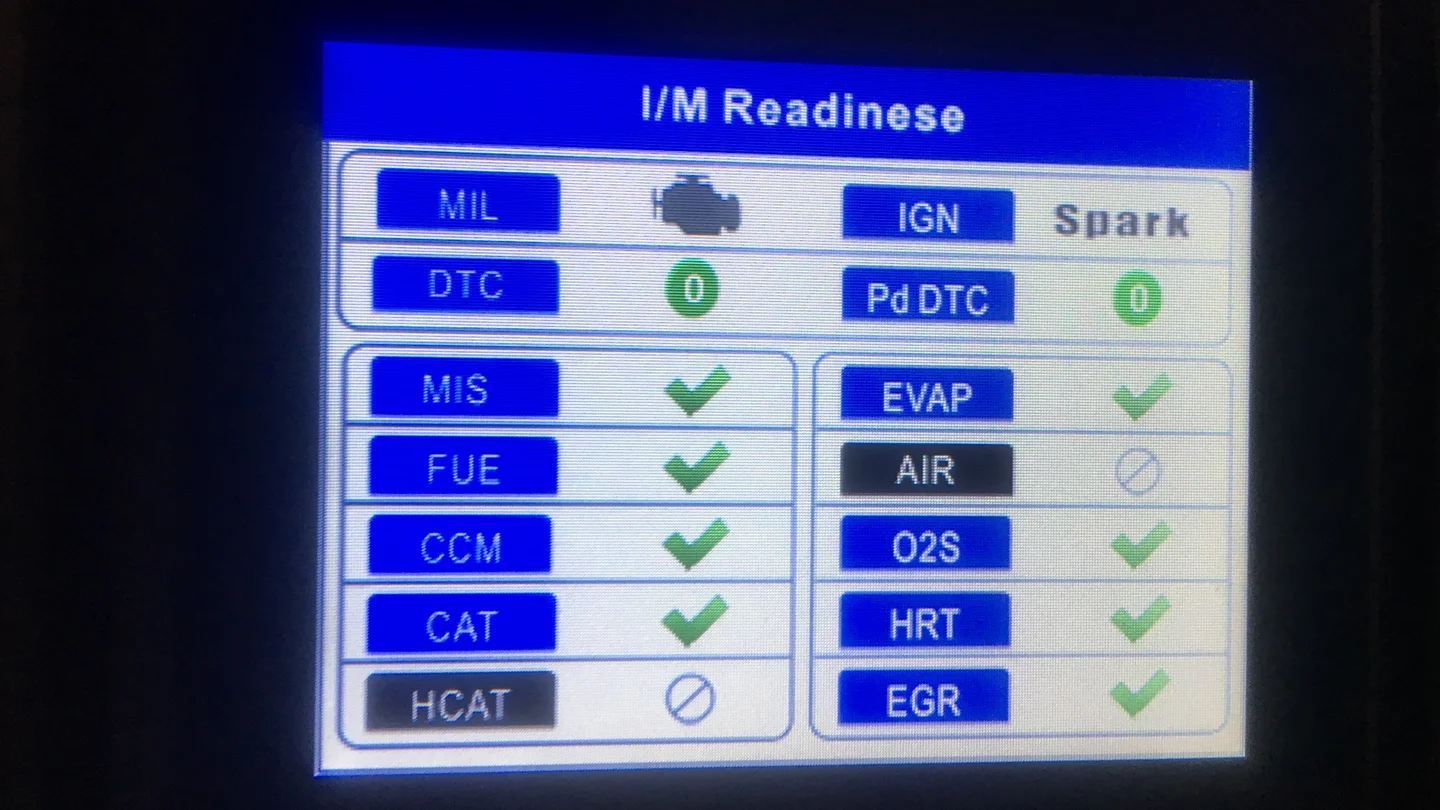Simos10.x Cold Start Off + Readiness Correction

Simos10.x Cold Start Off + Readiness Correction
At ECUFILES.COM our expert software engineers have successfully created a cold start off & readiness correction solution for the Simos10.X ECU.
[WinOLS]
VehicleType = Passenger car
VehicleProducer = VW
VehicleSeries = POLO
VehicleBuild = 6R
VehicleModel = 1.2TSI
VehicleModelyear = 2011
EcuUse = Engine
EcuProducer = Siemens/Continental
EcuBuild = SIMOS10.2x
EcuProdNr = 03F906070GF
EcuStgNr = 03F907309AJ
EcuSoftwareVersion = SA300O6000000
EngineType = Turbo-Petrol
EngineDisplacement = 1.2
EngineTransmission = DSG7 DQ200
OutputPS = 95.0
OutputKW = 69.9
Disabling the cold start function in a car’s ECU (Engine Control Unit) can offer several benefits, especially in certain situations or for specific vehicle modifications:
1.Reduced Engine Wear: Cold starts put additional strain on the engine components because the oil hasn’t warmed up enough to properly lubricate them. By disabling the cold start function, you can prevent frequent cold starts, reducing wear and tear on the engine.
2.Improved Fuel Efficiency: Cold starts typically require a richer fuel mixture to aid in combustion. By disabling the cold start function, you can prevent the engine from running excessively rich during startup, leading to better fuel efficiency, especially during short trips where the engine doesn’t have enough time to warm up fully.
3.Enhanced Engine Performance: Cold starts can cause the engine to run less efficiently until it reaches optimal operating temperature. By disabling the cold start function, you ensure that the engine operates at its peak performance level from the moment you start it, improving throttle response and overall drivability.
4.Customization for Performance Modifications: For vehicles with aftermarket performance modifications such as upgraded intake systems, exhaust systems, or turbochargers, disabling the cold start function can be beneficial. It allows the engine to start and run more smoothly, especially with aggressive tuning that may not be compatible with the stock cold start parameters.
5.Elimination of Cold Start Idling Issues: Some vehicles may experience rough idling or hesitation during cold starts, especially after modifications or tuning. Disabling the cold start function can help eliminate these issues by allowing the engine to start and idle more smoothly.
The readiness system in a car’s ECU (Engine Control Unit) is a crucial component designed to monitor and ensure the proper functioning of various emissions control systems. Its primary purpose is to help vehicles comply with legislation regarding emissions standards by ensuring that all emissions-related components are operating within specified parameters.
When a vehicle undergoes emissions testing, either during regular inspections or as mandated by legislation, the readiness monitors in the ECU are responsible for checking specific emissions control systems, such as the catalytic converter, oxygen sensors, and evaporative emissions system. These monitors evaluate whether these systems are functioning correctly and meeting emissions standards set by regulatory authorities.
The importance of the readiness system stems from the need to reduce harmful pollutants emitted by vehicles into the atmosphere. Stricter emissions standards are implemented worldwide to mitigate environmental pollution and improve air quality. Compliance with these standards is essential not only for regulatory compliance but also for reducing the environmental impact of vehicle emissions on public health and the environment.
Even brand-new vehicles straight from the factory can encounter issues with setting certain readiness parameters to “corrected” or “completed.” This can occur due to various factors, including the complexity of modern emissions control systems, variations in driving conditions during the vehicle’s production and transportation, or software glitches in the ECU.
In cases where a vehicle fails to complete certain readiness parameters, it may not pass emissions testing, leading to inconvenience for the vehicle owner and potential regulatory penalties. To address this issue, tuning companies like ours can offer a solution known as forced readiness completion. This involves modifying the ECU’s software to manually set the readiness monitors to “ready,” bypassing the need for the vehicle to complete the monitors naturally.
Forced readiness completion can be a practical solution for vehicles that are experiencing difficulties in completing readiness monitors despite having no underlying emissions control system faults. It ensures that the vehicle can pass emissions testing and meet regulatory requirements, providing peace of mind for the owner and facilitating compliance with legal standards.
However, it’s important to emphasize that forced readiness completion should only be performed in accordance with local regulations and for legitimate purposes, such as troubleshooting or diagnostic procedures.




